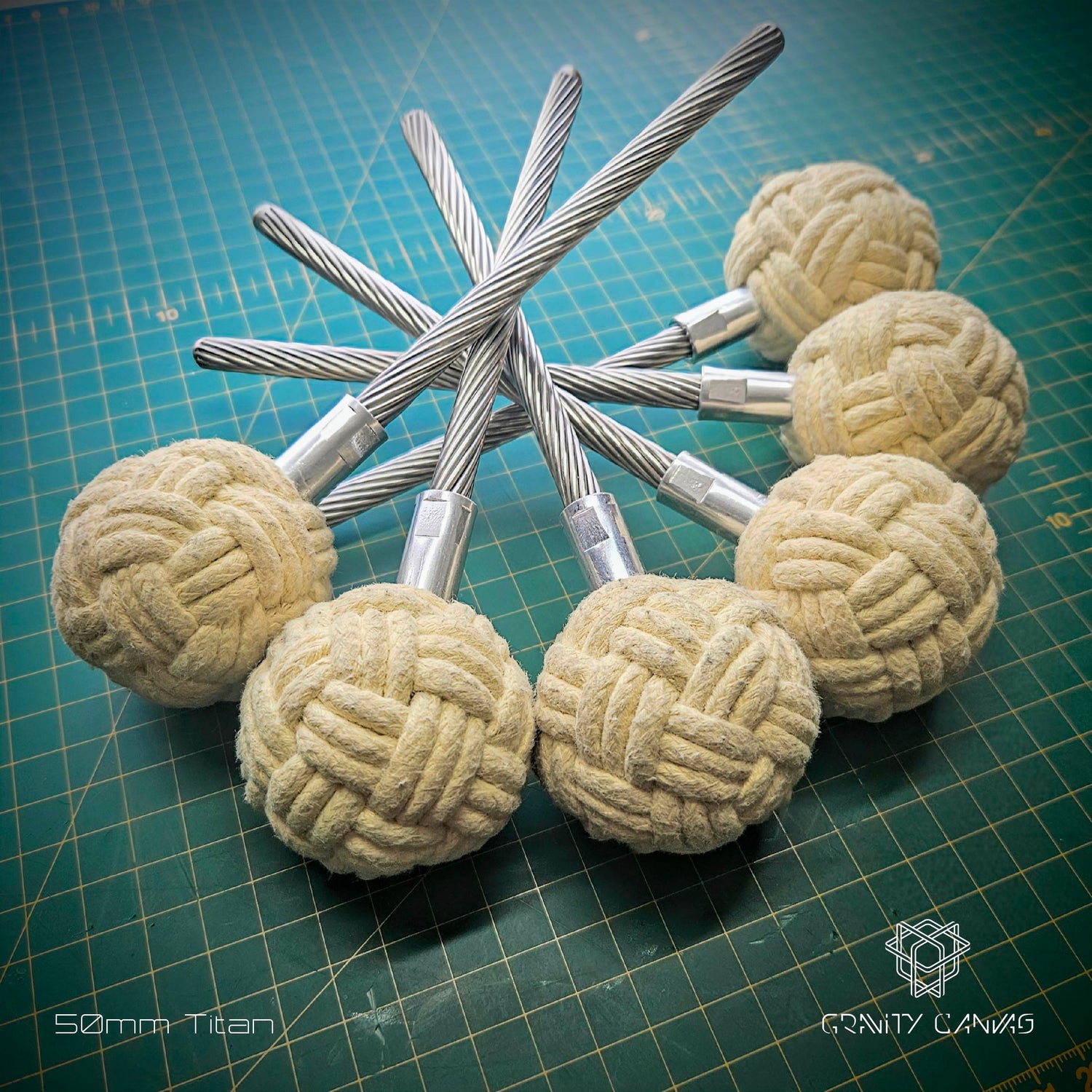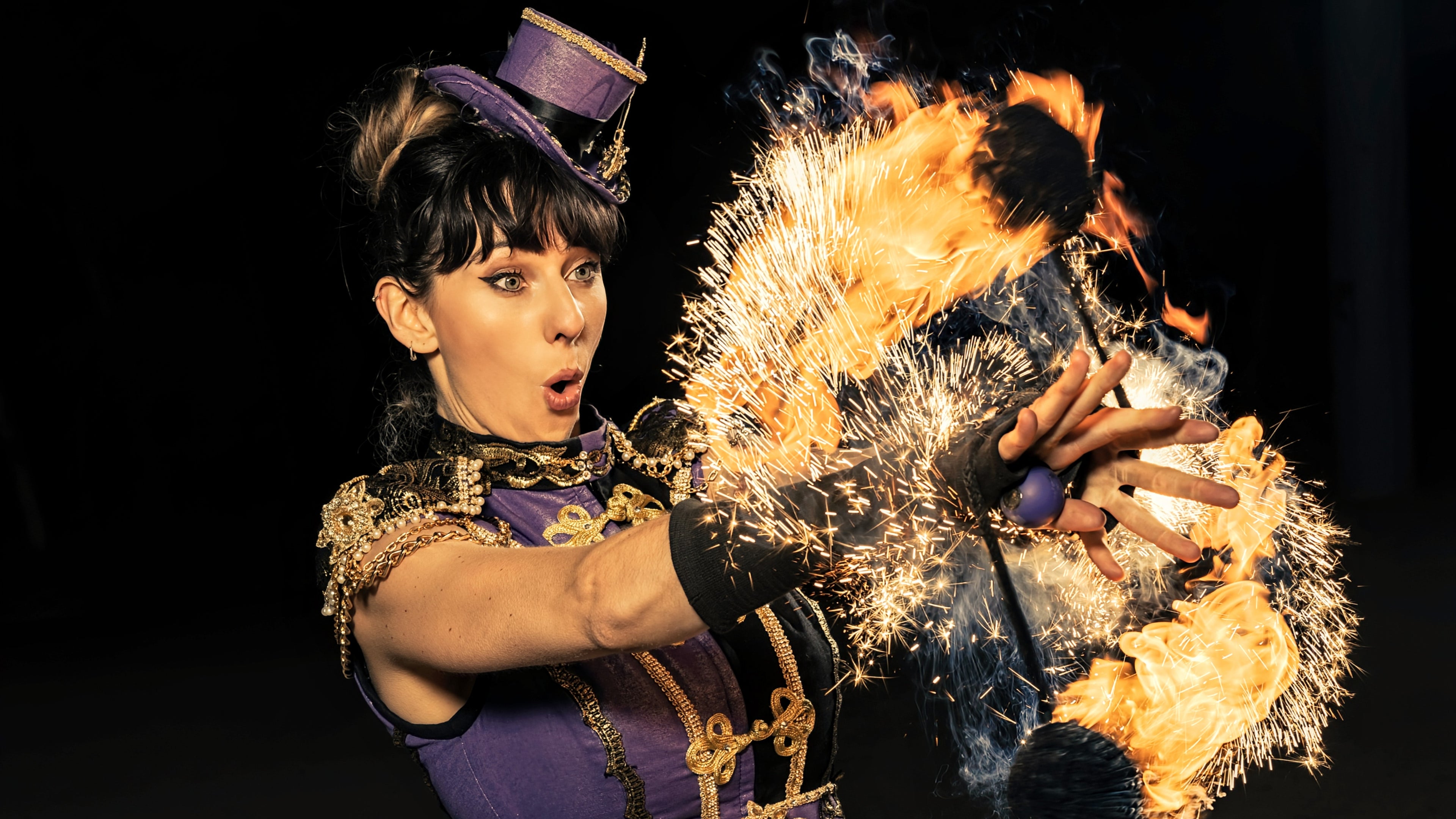
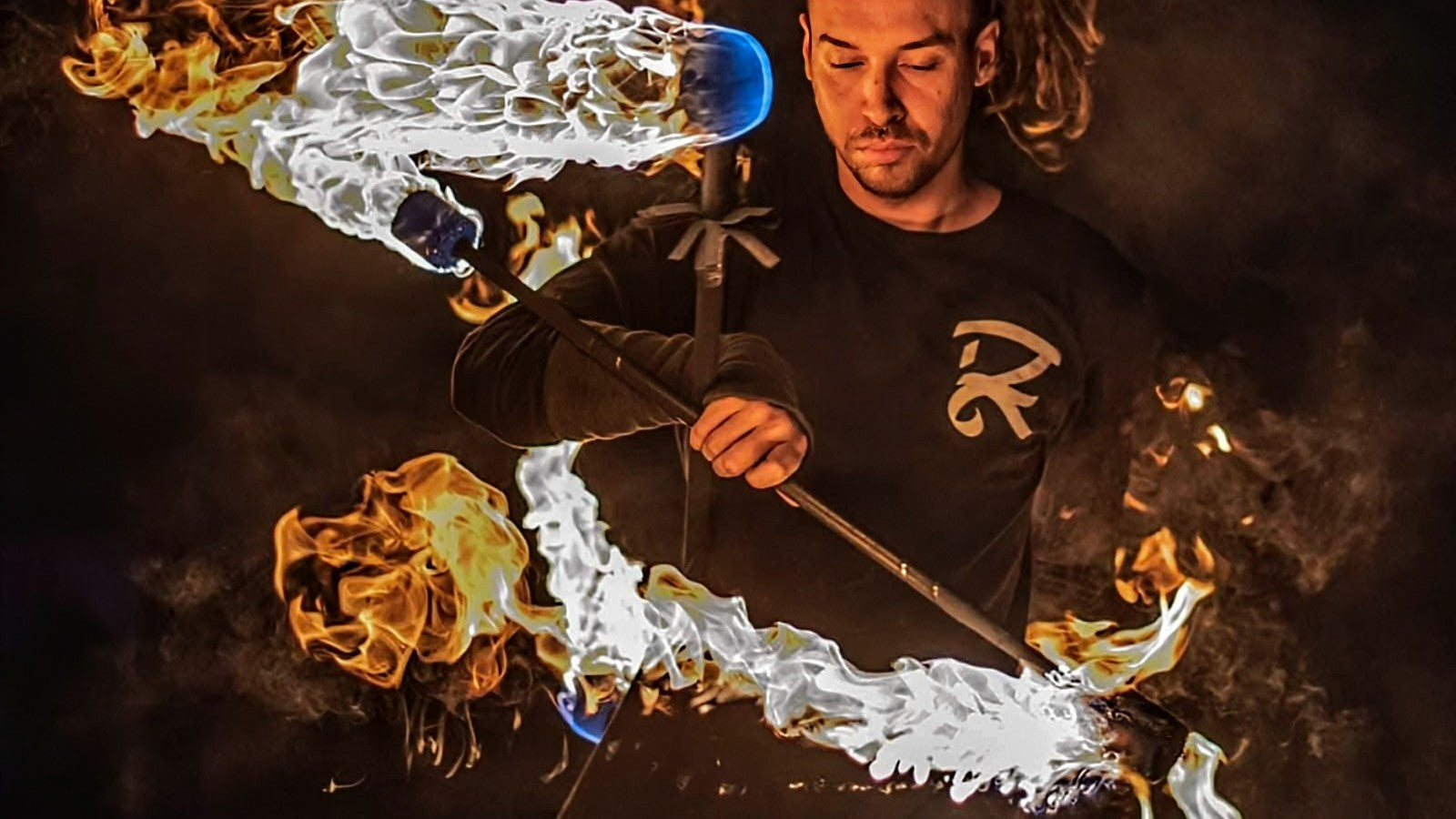
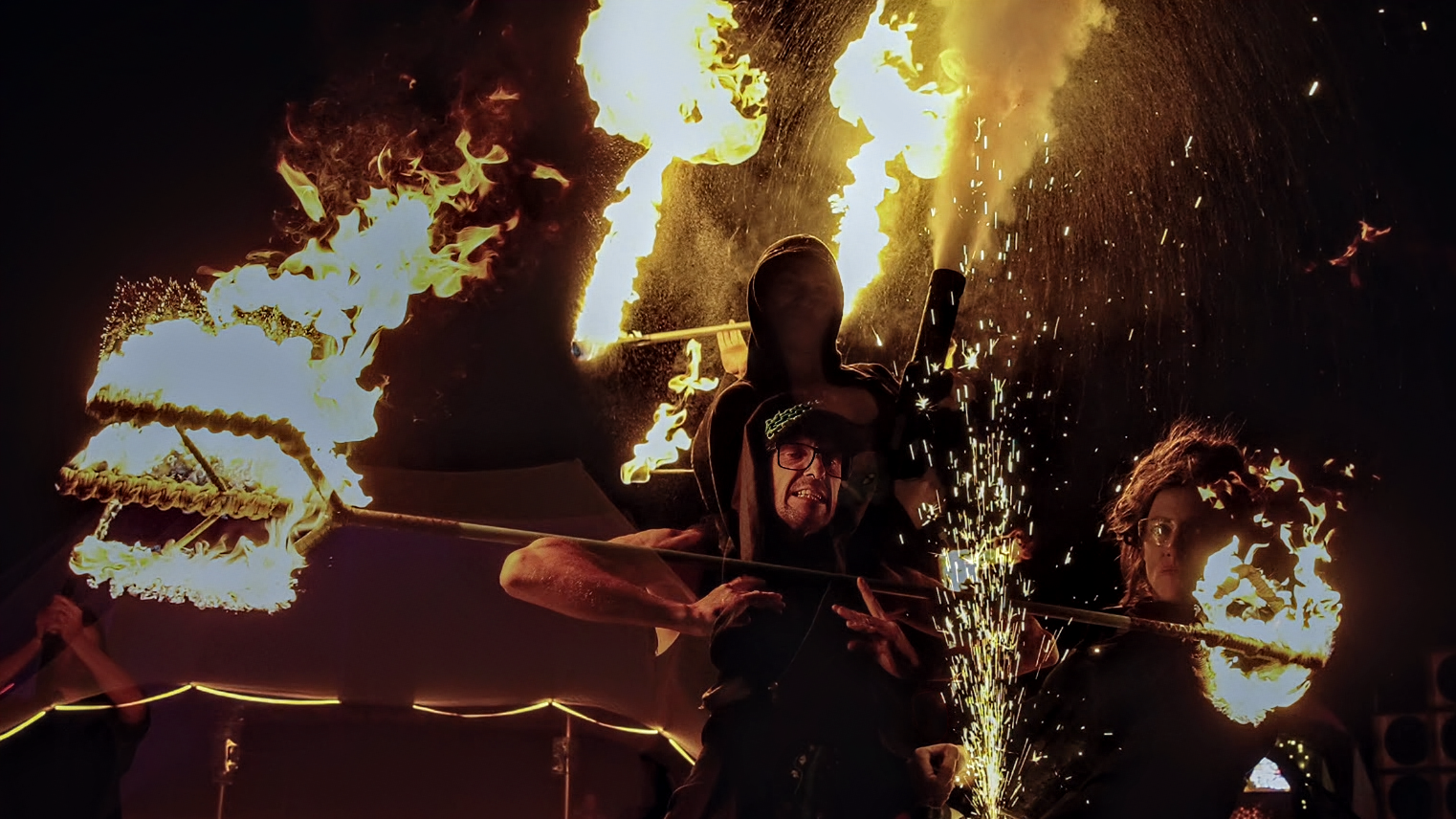
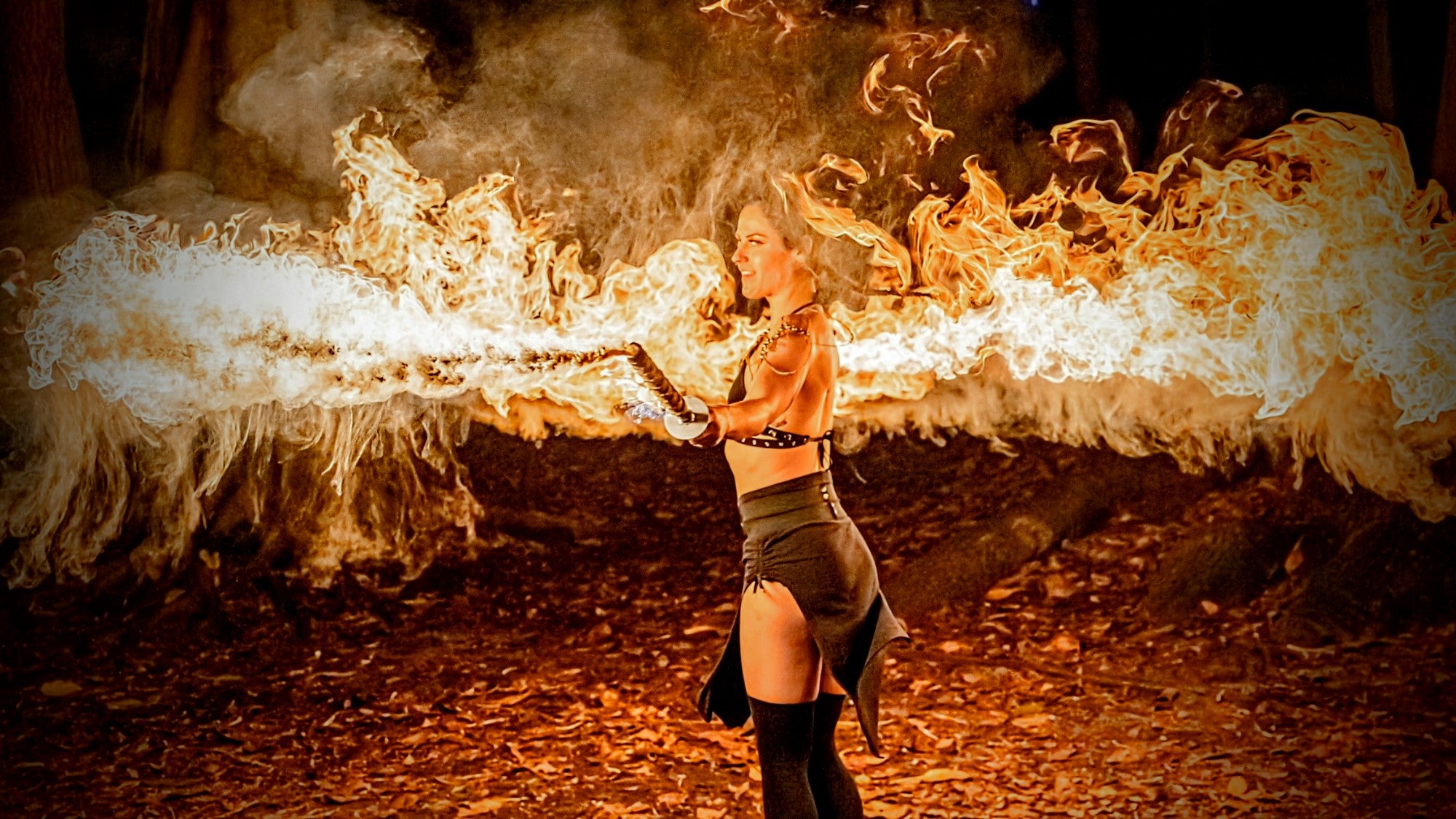
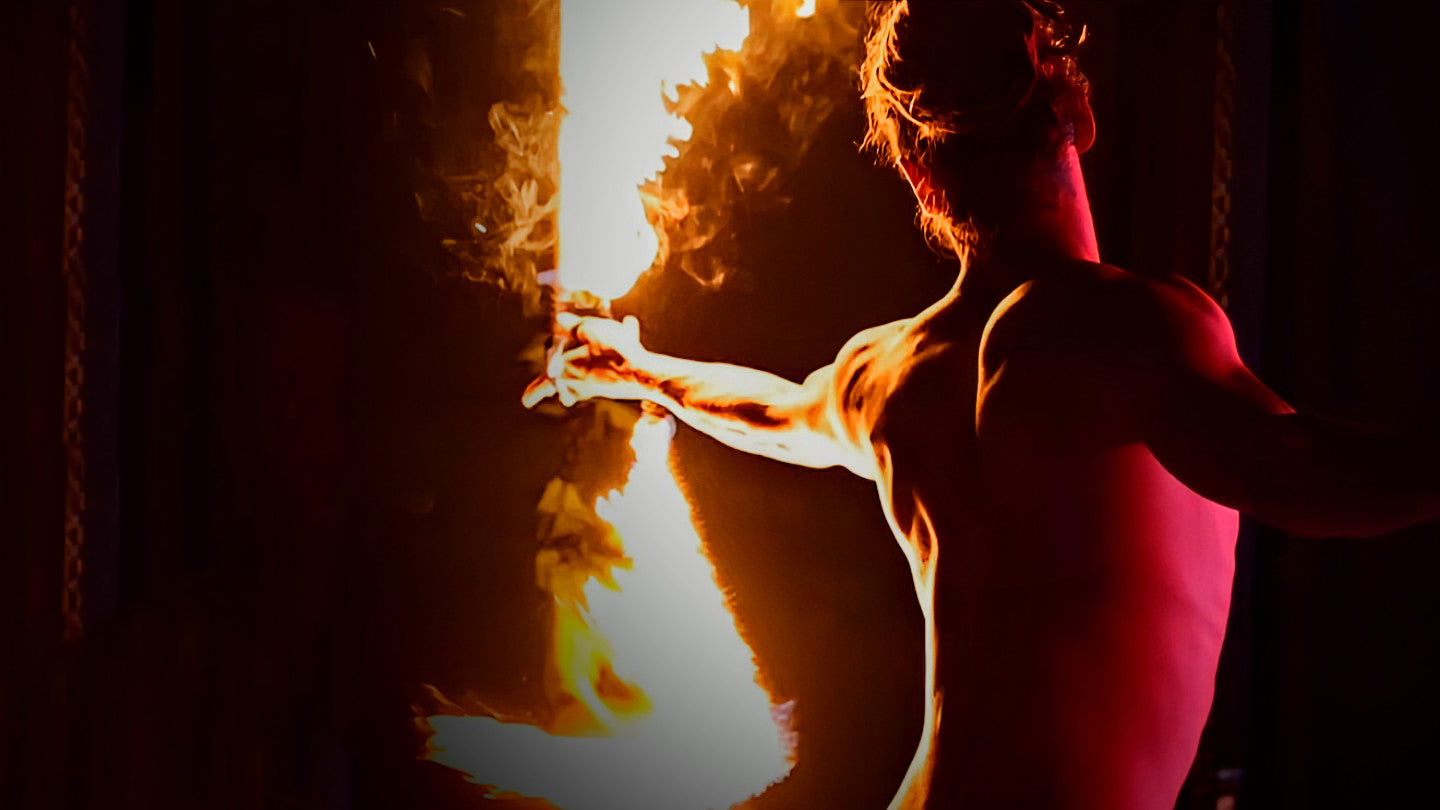
Our Woven Head Designs
-

Nightshade
-

Titan
-

Ceres
-

Sinnet
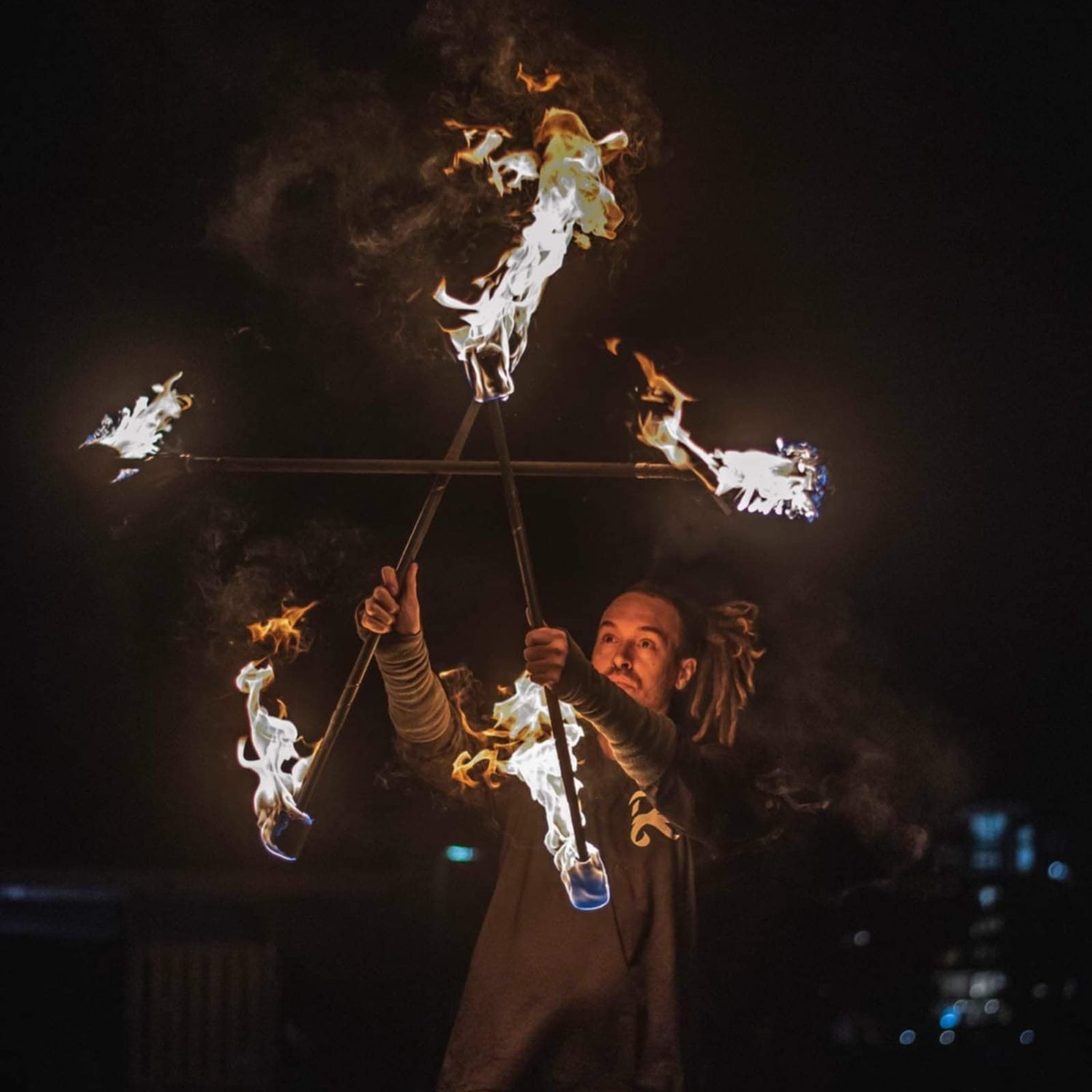
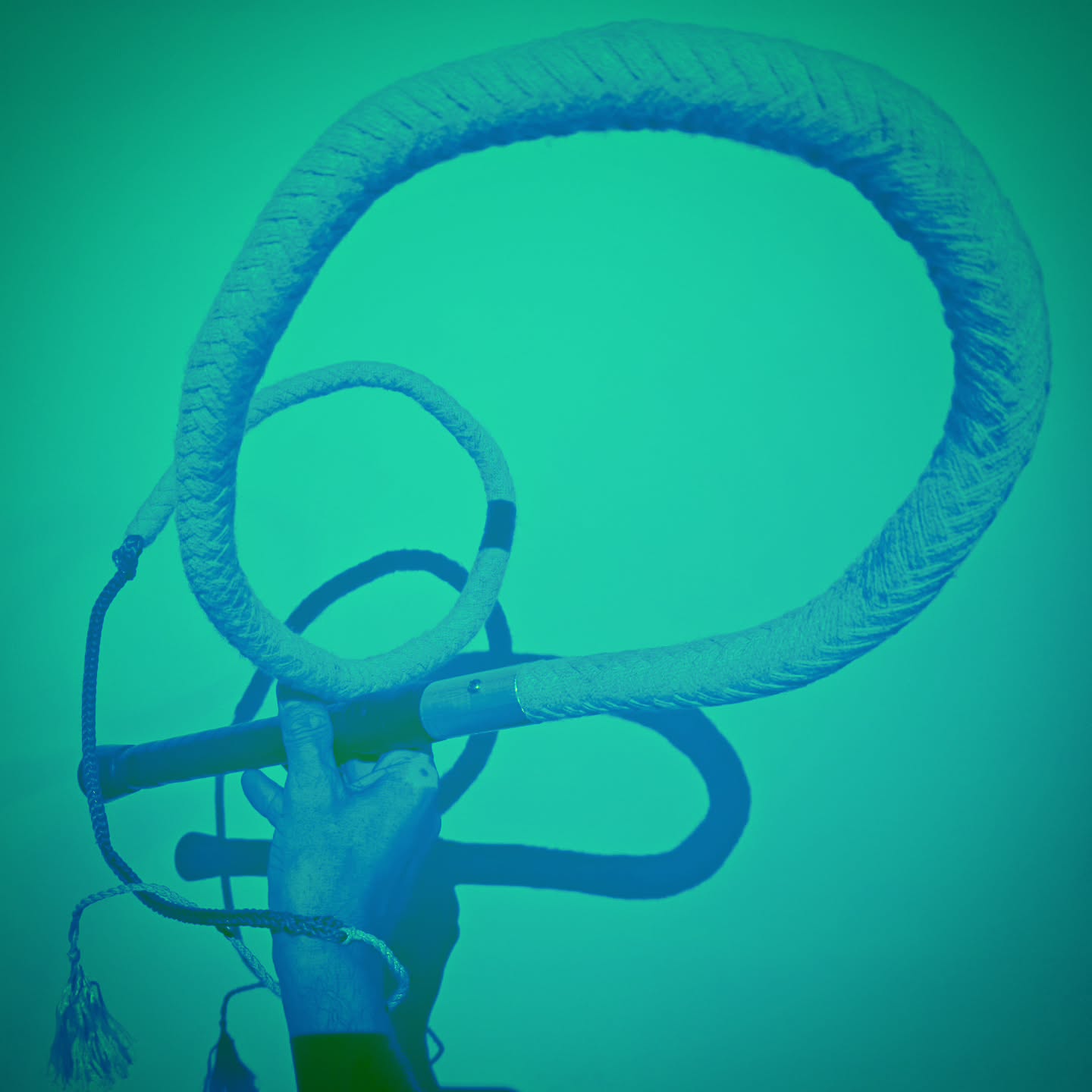
Crowd Pleasers
-
16 Plait Fire Bullwhip
Regular price £245.00 GBPRegular priceUnit price / per -
Fire Contact Juggling Ball
Regular price £110.00 GBPRegular priceUnit price / per -
Fire Juggling Balls
Regular price £30.00 GBPRegular priceUnit price / per -
Fire Rope Dart
Regular price £80.00 GBPRegular priceUnit price / per
Whether it's feedback, repair, custom fabrication or a fever dream, let us know what you're cooking up and we'll see how we can help make it reality.
Collapsible content
FAQ
What are the differences between "intrinsic" and "premium" instruments?
Our intrinsic range of instruments offer industry staple designs which sit at a lower price due to their more simple specs and faster construction times.
Our premium range of instruments on the other hand, have a slightly longer fabrication period because they are designed to have a higher focus on kinematic performance and include higher spec components.
Do you have items ready to go?
The way we operate here at Gravity Canvas, is to make bespoke instruments for our artists' orders directly.
This is to reduce waste and it allow us to offer a more complex array of options for you.
What are your fabrication turn around times?
Most instruments can take anywhere from 3 - 10 days to fabricate from scratch, depending on the complexity of the item in question and the active workshop load.
Do you repair props?
Our instruments are mostly designed in a way to be longer lasting and serviceable so if you want to replace the outer layer of your wicks after intense use we can do that instead of having to make a whole new prop.
We offer services such as wick upgrades and re-gripping.
We also have full metal-working capabilities in our workshop, so we can also repair more complex problems.
If your props are in need of repair, you can drop us a line through our contact form on the home page.
Can ams has cheezburger?
Sure... If that's the bag you're into.
Prop Maintainence
- When storing your instruments, please ensure to keep the tethers and/or grip areas separate from the heads. For example, keep the heads in plastic bags after cooling. Silicone, rubber and Technora are very susceptible to deteriorating when subjected to long exposure to liquid and vapour forms of fuel.
- Try to keep Kevlar out of direct sunlight as much as possible when not being burnt as UV radiation quickly degrades the fibres, reducing the life of the prop and could lead to failure if not kept in check. Custom covers or simply using socks can help greatly prevent UV and abrasion damage.
- Avoid using your fire props as practice/day props as excessive use dropping could damage the prop and Kevlar resulting in possible failure. Seek to invest in similar weighted/designed practice equipment to lengthen the life of your fire props.
- When burning, take note when the flame gets smaller, indicating that the fuel in your heads have run out. Remember, Kevlar is fire-resistant NOT fire-proof. Due to the heat made from burning, the heads will continue to burn after the useful liquid and vapour of the fuel has been used up, if you ever see blue flame or red embers on the fibres, The Kevlar is already burning and breaking down.
Fire Safety
This is a generalised guide to basic modern fire safety etiquette and protocols. Please research in on-line communities or reach out to us for any further clarifications, recommendations or explanations.
- Before each use, check the condition of your props to confirm they are safe to use and that nothing is damaged or at risk of failure.
- Try and only use high-end branded Fire-spinning fuels/solvents such as IsoparG to ensure that you get the most life out of the Kevlar and minimise the level of inhaling harmful fumes. Paraffin is acceptable, but it does burn dirtier.
- Store your fuels in chemical rated sealed containers and keep them sealed and at least 10 metres away from ignition sources when not being used for decanting.
- For dipping make sure to use a sealable container which ideally sits in/on a larger container/tray to catch any spills or drips.
- Make sure to keep your fuels and dipping station tidy, properly illuminated and at least 10 Metres away from your ignition sources.
- When fuelling, take care not to dip any higher than the height of the Kevlar, or to the designated fuelling line to avoid the tether from soaking up fuel. The tether is not as fire resistant as Kevlar.
- We highly recommend investing in a “Trangia Fuel Bottle”. It is a sealable fuel dripping bottle which allows for more safe and accurate fuelling, especially for the more tricky props such as swords and fans.
- DO NOT allow tethers to become soaked with fuel or burnt as it will degrade the fibres quickly and if repeatedly unchecked, could result in the fire head breaking off from the tether mid-burn.
- Allow your props to have at least a 10-30 minute gassing off and cooling down period well away from fuel, ignition sources and other people before re-fuelling and reigniting. Prolonged heat damages Kevlar quickly.
- If you are burning several times during a session, especially with larger props, try to wear a mask where possible to reduce toxic smoke inhalation which has various adverse affects on your health. Any mask with an “N95” rating or higher recommended.
- Due to the nature of our Titan Poi or other instruments being designed for body contact for example, it is highly advised that you only handle interact with the fire heads in the vapour stage of your burn and not the initial liquid stage.
- Leather, organic Leather alternatives, Nomex or fire-resistant gloves are advised to be worn to protect your hands and forearms from injury.
- Always do a risk assessment on the areas that you will be performing and fuelling in, Seek flat, clear, dry and stable ground well away from any potentially dangerous obstacles, flammable items or debris.
- Always be e aware of wind direction and intensity.
- Ensure that you have all the correct safety equipment before ignition such as; a fire blanket for people and a damp towel for props, a fire extinguisher for any serious incidents that may occur, a spray bottle for water to dampen any hair.
- When the prop is in use, do not wear any polyester/nylon or loose threaded clothing. Heavy cottons or leather are advised.
- Never burn alone! Always have someone sober and of sound mind to oversee the area and take care of fire safety procedures for if incidents occur.
- If possible/needed have a second safety to look after crowd control, this is to prevent the public from getting too close and if a prop fails someone
is there to be a first responder to anything that may fly into a crowd whilst still having a fire safety to oversee the safety equipment and performer(s).
- Where possible, use a stable and sealable brazier or similar to ignite your props rather than using a lighter which can be dangerous getting your or another’s hands close to an instrument that will be releasing flammable vapour around it.
- Be mindful to expel excess fuel from your props before ignition to prevent lit or unlit fuel droplets flying into the crowd, environment or onto the performance area. This can be acheived by squeezing the excess fuel back into the dipping bucket or investing in proper spin-off capture equipment.
- If a burn related injury occurs, place the affected area under cool (not cold) running water for 20 minutes, then apply appropriate burn management techniques. If the injury cannot be resolved with basic first-aid, seek professional medical attention as soon as possible.
- EVERYONE has a duty of care towards proper fire safety at all times. If you see someone cutting corners or acting in an irresponsible manor that could put themselves or others at risk, call it out and act accordingly.
Stay safe. Stay observant and HAVE FUN!
